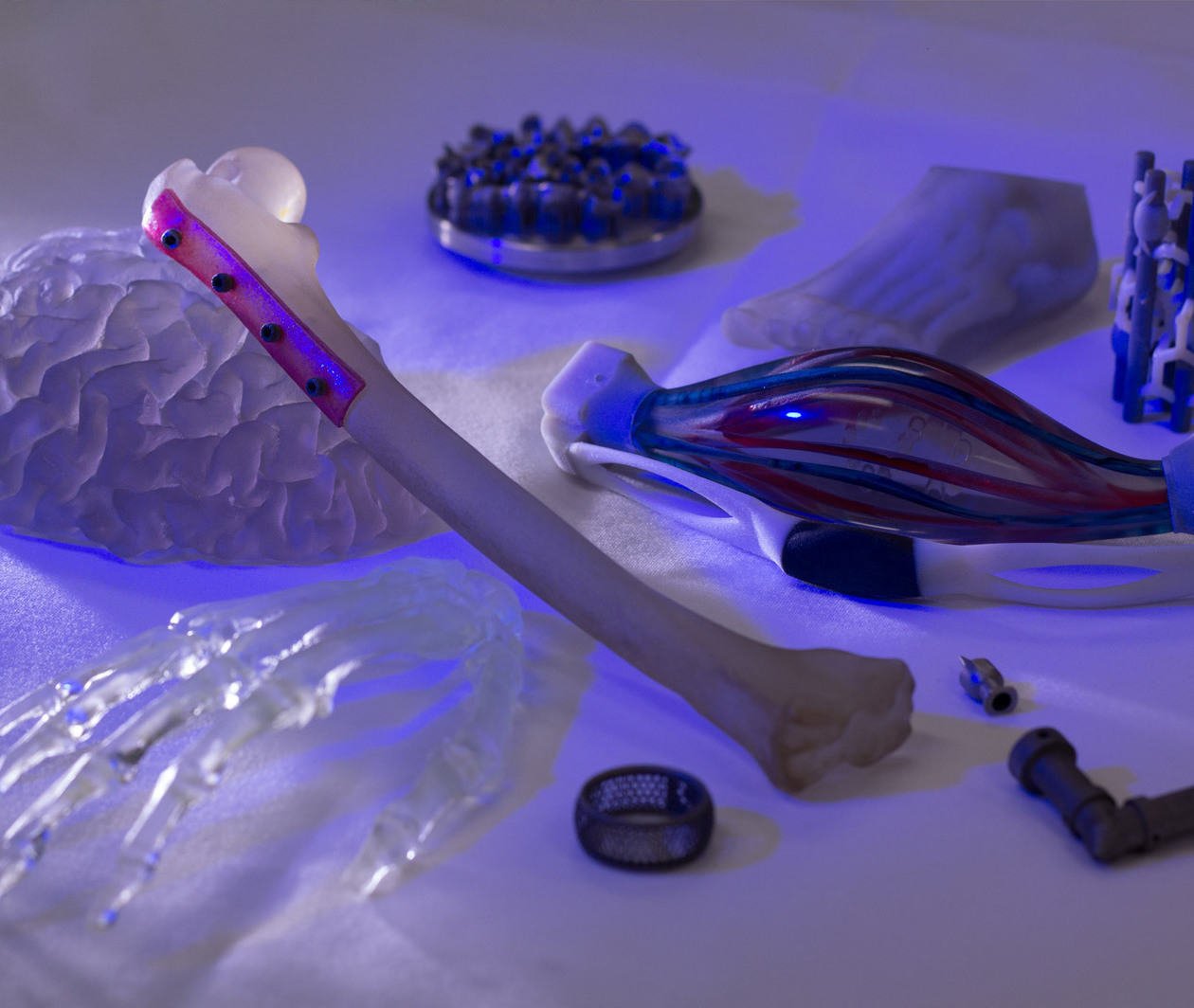
Duration
4 weeksWeekly study
2 hours
Bioprinting: 3D Printing Body Parts
Other courses you might like
This course isn't running right now. We can email you when it starts again, or check out these other courses you might like.
Browse more in Healthcare & Medicine and Science, Engineering & Maths
You may be aware of 3D printing or have seen low-cost 3D printers, which can create plastic toys, replicas and objects of your own design. But did you know that 3D printing is also enabling life-saving and transforming medical procedures, which were unthinkable a few years ago?
Welcome to the world of 3D printed body parts
The world of medicine and biomaterials has collided with advances in 3D printing. In a recent case, an infant was born with a rare and life-threatening birth defect, and was unable to breath unaided. A CT scan of the boy’s airways was used to 3D print a bio-sleeve, which was a perfect fit for his bronchus. The material used dissolves in the body, giving the boy’s bronchus time to grow strong, before disappearing, without the need for surgery.
This incredible story is an early example of a new clinical paradigm in biomedicine: 3D bioprinting.
Discover what 3D bioprinting can do now and in the future
This free online course tells the story of this revolution, introducing you to commonly used biomaterials, including metals, ceramics and polymers, and how bioprinting techniques, such as selective laser melting, hot-melt extrusion and inkjet printing, work. Through case studies - ranging from hip implants to facial transplants to lab-grown organs - we’ll answer questions such as:
- What is 3D printing and how did it come about?
- Is it really possible to print structures that incorporate both living and artificial components?
- How long before we can print whole body organs for transplants?
- What is possible right now, and what will be possible in 20 and 50 years’ time?
- And what are the limitations of this technology?
This course will also equip and encourage you to become part of the story. You’ll be given guided opportunities to not only investigate the 3D printing facilities available to you, but to also design, potentially print and share your creations with your fellow learners.
You can find out more in Gordon Wallace’s post for the FutureLearn blog: “How is 3D printing revolutionising healthcare?”
Learning on this course
On every step of the course you can meet other learners, share your ideas and join in with active discussions in the comments.
Who is the course for?
This course is designed for a general audience. No previous knowledge of 3D printing or biomedicine is required.
Who will you learn with?
Director of the ARC Centre of Excellence for Electromaterials Science at the University of Wollongong, Gordon is a leader in materials science research and is renowned for his work in biofabrication
Learning on FutureLearn
Your learning, your rules
- Courses are split into weeks, activities, and steps to help you keep track of your learning
- Learn through a mix of bite-sized videos, long- and short-form articles, audio, and practical activities
- Stay motivated by using the Progress page to keep track of your step completion and assessment scores
Join a global classroom
- Experience the power of social learning, and get inspired by an international network of learners
- Share ideas with your peers and course educators on every step of the course
- Join the conversation by reading, @ing, liking, bookmarking, and replying to comments from others
Map your progress
- As you work through the course, use notifications and the Progress page to guide your learning
- Whenever you’re ready, mark each step as complete, you’re in control
Want to know more about learning on FutureLearn? Using FutureLearn
Do you know someone who'd love this course? Tell them about it...
You can use the hashtag #FLbioprint to talk about this course on social media.
